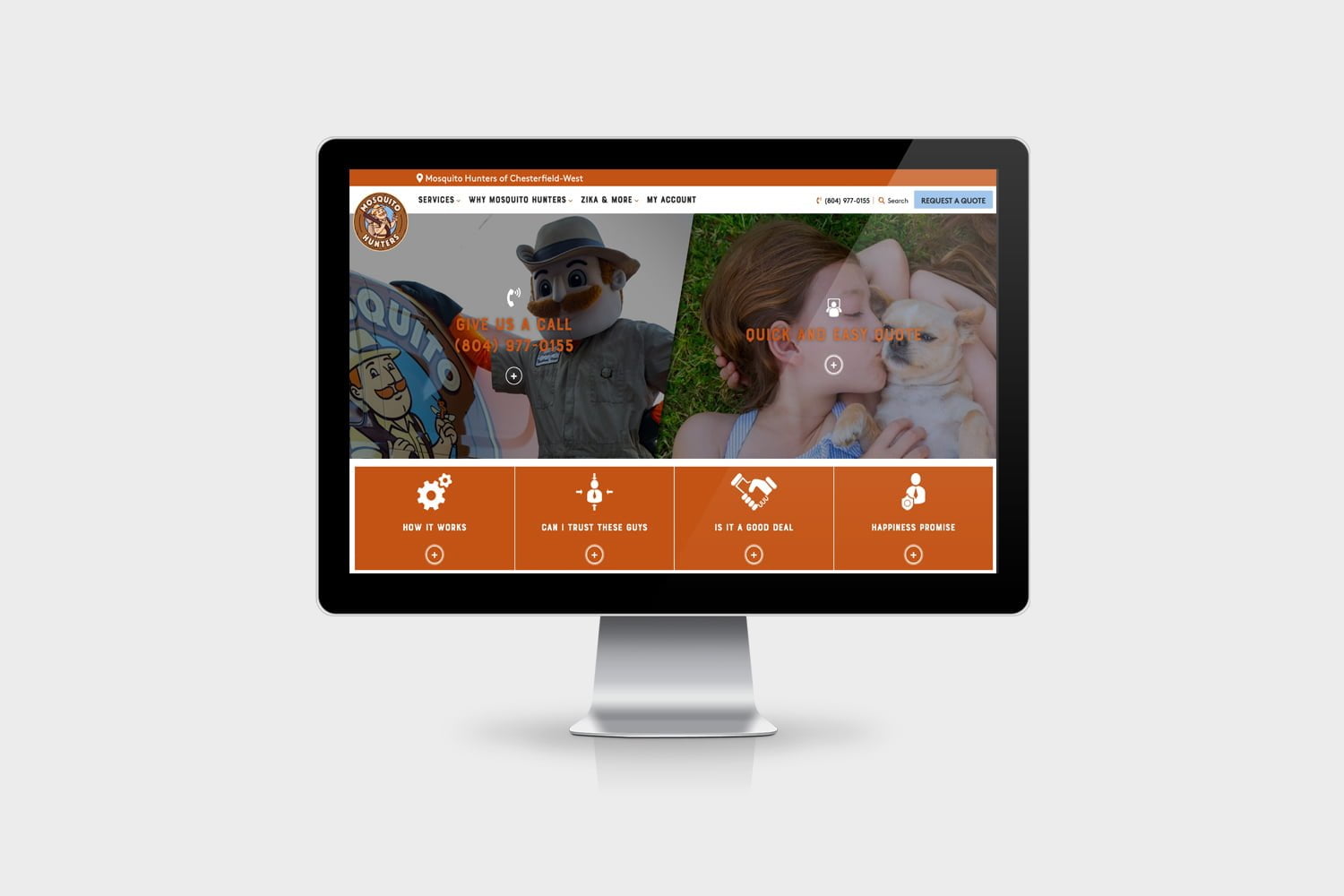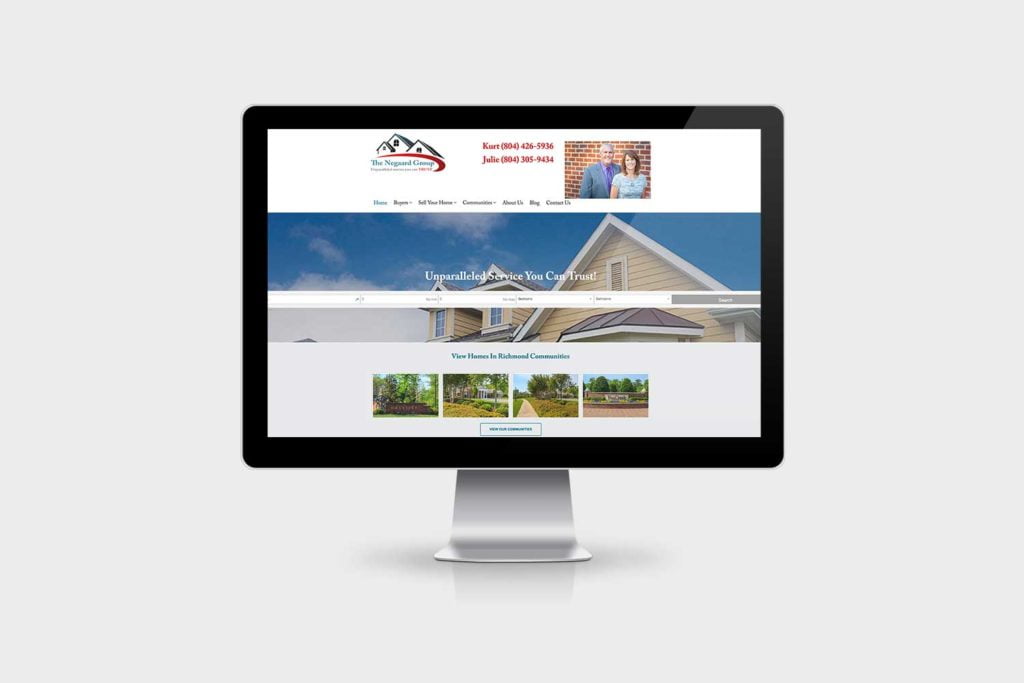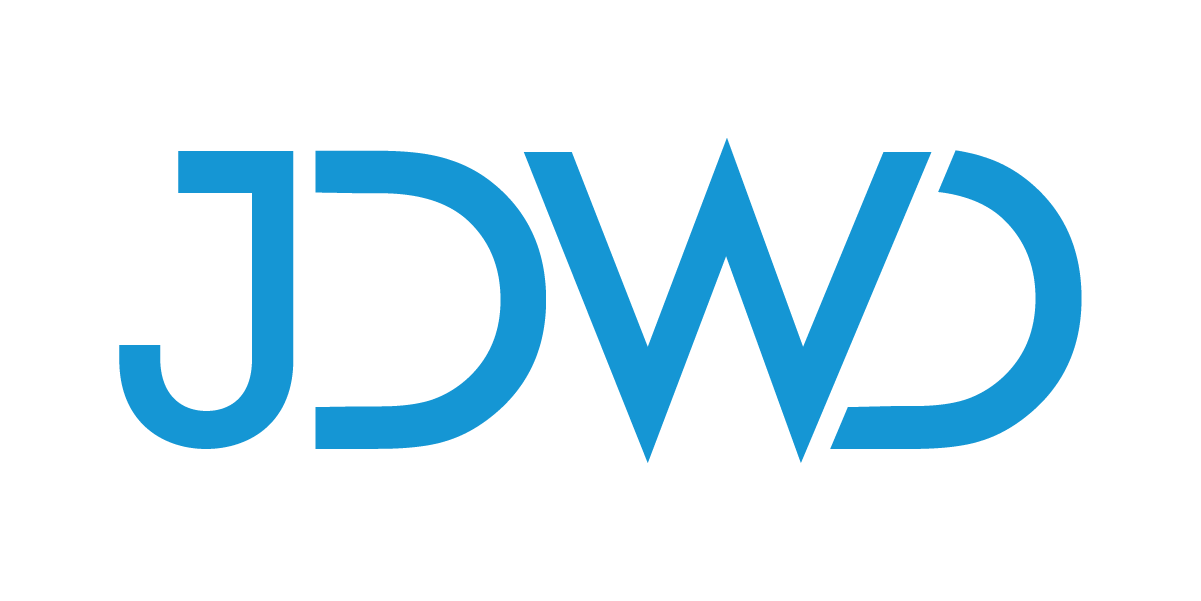Make your website an investment,
not just an expense

It wasn’t supposed to be this way.
You bit the bullet and put up a website for your business. Because a website is an expense, and because especially today, businesses should keep their expenses to a minimum, you clicked and dragged together a site using the DIY software bundled with your web hosting.
And then, week by week, saw your site’s listing sinking lower and lower on the search pages, your bounce rate up, your time on site down, your sales and orders flat, and your mailbox filled not with leads and customer orders, but with pitches from wannabe vendors and spammers.
But in fact, it doesn’t have to be this way. Provided you start regarding your business’ website as not just an expense, but as an investment. An investment that pays for itself many times over in the long run by your sales and revenues as it grows your online presence.
Now you can’t create an investment like this by just clicking and dragging. You need to define your strategies, your objectives, your timeline, your target audience and your competition. You need to create a compelling story that relates to the customer’s experience.
DIY website-building tools don’t help you do that. Nor do all too many otherwise professional website designer. At JDGD, we do. But only as a first step. Because while the website that results will be professional, strategically on target and executionally compelling, it will be static. Over time, the digital marketplace’s rapid and constant change can degrade your website’s visibility and sales effectiveness.
For example:
- Changing Software– Since its introduction in 2003, WordPress – the platform for more than 60 million websites – has gone through a total of 39 versions (20 of which are no loner supported). Those revisions have triggered upgrades and updates in WordPress’ 55,487 free plugins. We constantly update obsolescent versions of either to make sure they don’t slow down your website, make its navigation clunky, frustrate visitors into visiting elsewhere, or all of the foregoing.
- Changing Security Threats – Most of those 39 versions of WordPress were responses to a never-ending stream of spams, hacks, and other malware that can sneak past your filters, steal your site’s data. We put a halt to them before they can bring your business to a halt by taking down your site completely.
- Changing Browsers – Web browsers come and web browsers go (Anyone out there remember Metcrawler?), but no two work exactly alike. JDGD makes sure that content that displays just fine on one doesn’t go missing on another – because missing content leads to missing customer communication, which can lead to missing sales.
- Changing Hardware– In 2013, only 16.2% of website traffic originated from mobile phones. By 2019, a majority – 53.3% did. Obviously, website content designed for large, horizontal desktop screens will be virtually unreadable on vertical, handheld ones. To remedy this, the industry came up with mobile-compatible templates, which automatically adjusted content to fit the screen’s proportions. Mobile–responsive websites, which automatically rearrange a website’s graphic elements to be better seen and more easily read on a smartphone screen, came next. Today, in anticipation of 5G technologies sending even more traffic to websites, the new standard is becoming mobile-first templates, which are designed for mobile screen sizes and proportions and automatically adjust for larger desktop screens. Websites lacking mobile-responsiveness suffer in two ways: First, visitors have a harder time reading, and responding to, them. And second, search algorithms lower their visibility rankings. JDGD-designed websites are up to the latest mobile technology – so that when a growing torrent of mobile traffic streams to your content, prospective customers will be able to see, read and respond to it.

- Changing Search Trends– Search words aren’t carved in stone, and they shouldn’t be permanently etched into your tags and metatags. To maintain and enhance your visibility, you need to check related trends periodically and adjust as needed. Just as JDGD does to keep our clients visible.
- Changing Functionality –Links break, image files corrupt, forms go bad. When they do, they can interrupt your sales process. Whether as consumers or in business, people tend to equate the visual and professional quality of a business’ advertising materials with the quality of its products and services. Back when smoking was still allowed on commercial airline flights, ground crews’ very first task in between-flight turnarounds was to clean all the cigarette butts out of all the ashtrays, lest a passenger conclude that an airline which couldn’t even keep its ashtrays clean might forget to tighten the bolts that held the wings on. While this may be overstatement, 404 Error messages, photos that don’t open, and files can’t submit orders on make your business look bad – and can frustrate visitors into bouncing elsewhere.



For example:
- Changing Software– Since its introduction in 2003, WordPress – the platform for more than 60 million websites – has gone through a total of 39 versions (20 of which are no loner supported). Those revisions have triggered upgrades and updates in WordPress’ 55,487 free plugins. We constantly update obsolescent versions of either to make sure they don’t slow down your website, make its navigation clunky, frustrate visitors into visiting elsewhere, or all of the foregoing.
- Changing Security Threats – Most of those 39 versions of WordPress were responses to a never-ending stream of spams, hacks, and other malware that can sneak past your filters, steal your site’s data. We put a halt to them before they can bring your business to a halt by taking down your site completely.
- Changing Browsers – Web browsers come and web browsers go (Anyone out there remember Metcrawler?), but no two work exactly alike. JDGD makes sure that content that displays just fine on one doesn’t go missing on another – because missing content leads to missing customer communication, which can lead to missing sales.
- Changing Hardware– In 2013, only 16.2% of website traffic originated from mobile phones. By 2019, a majority – 53.3% did. Obviously, website content designed for large, horizontal desktop screens will be virtually unreadable on vertical, handheld ones. To remedy this, the industry came up with mobile-compatible templates, which automatically adjusted content to fit the screen’s proportions. Mobile–responsive websites, which automatically rearrange a website’s graphic elements to be better seen and more easily read on a smartphone screen, came next. Today, in anticipation of 5G technologies sending even more traffic to websites, the new standard is becoming mobile-first templates, which are designed for mobile screen sizes and proportions and automatically adjust for larger desktop screens. Websites lacking mobile-responsiveness suffer in two ways: First, visitors have a harder time reading, and responding to, them. And second, search algorithms lower their visibility rankings. JDGD-designed websites are up to the latest mobile technology – so that when a growing torrent of mobile traffic streams to your content, prospective customers will be able to see, read and respond to it.
- Changing Search Trends– Search words aren’t carved in stone, and they shouldn’t be permanently etched into your tags and metatags. To maintain and enhance your visibility, you need to check related trends periodically and adjust as needed. Just as JDGD does to keep our clients visible.
- Changing Functionality –Links break, image files corrupt, forms go bad. When they do, they can interrupt your sales process. Whether as consumers or in business, people tend to equate the visual and professional quality of a business’ advertising materials with the quality of its products and services. Back when smoking was still allowed on commercial airline flights, ground crews’ very first task in between-flight turnarounds was to clean all the cigarette butts out of all the ashtrays, lest a passenger conclude that an airline which couldn’t even keep its ashtrays clean might forget to tighten the bolts that held the wings on. While this may be overstatement, 404 Error messages, photos that don’t open, and files can’t submit orders on make your business look bad – and can frustrate visitors into bouncing elsewhere.


While these potential problems sound like big deals, they generally aren’t. It just takes someone who knows what they’re doing to periodically go into the site’s back end, check the software, the links, the files, the SEO, and make the needed fixes. It’s something JDGD does routinely for clients – and that business owners with DIY websites often can’t because (1) they don’t know how to identify or fix the problem, (2) no ne at their web host can tell them, or (3) they can’t even get back-end access to their own DIY website.
So if your business has an old website that’s way overdue for updating, or if you’re thinking of using a DIY site from your web host, why not contact us first – and learn more about the difference between a website that’s just an expense and one that’s an investment paying for itself over and over in increased sales.
In need of a new website or interested in exploring your options?
Contact us today to discuss your web needs!
In need of a new website or interested in exploring your options? Contact us today to discuss your web needs!
